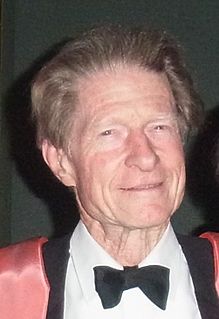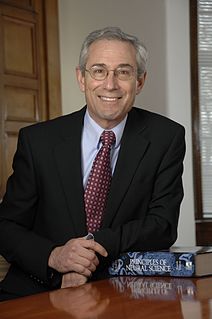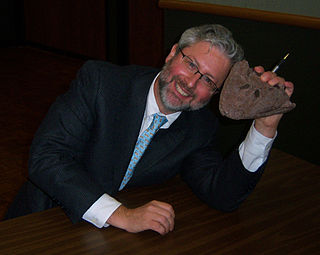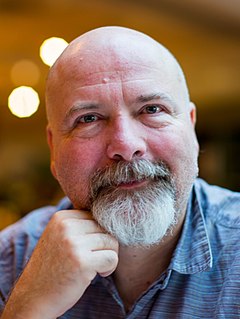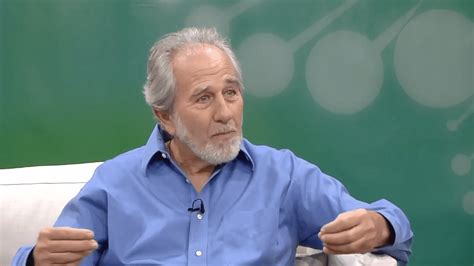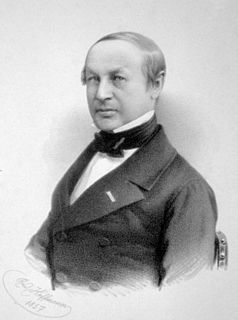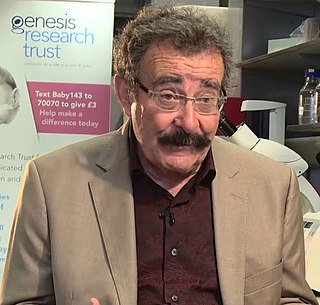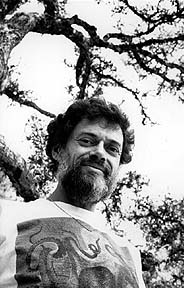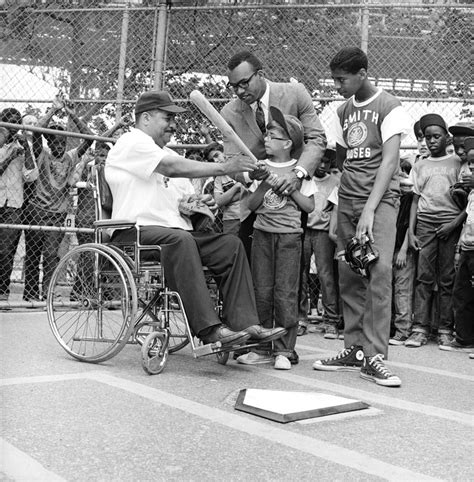A Quote by John Gurdon
Shinya Yamanaka's work has involved mice and human cells, and advances the prospect of providing new cells or body parts for patients.
Related Quotes
Most of our brain cells are glial cells, once thought to be mere support cells, but now understood as having a critical role in brain function. Glial cells in the human brain are markedly different from glial cells in other brains, suggesting that they may be important in the evolution of brain function.
When the finely tuned balance among the different parts of bodies breaks down, the individual creature can die. A cancerous tumor, for example, is born when one batch of cells no longer cooperates with others. By dividing endlessly, or by failing to die properly, these cells can destroy the necessary balance that makes a living individual person. Cancers break the rules that allow cells to cooperate with one another. Like bullies who break cooperative societies, cancers behave in their own best interest until they kill their larger community, the human body.
Stem cells are probably going to be extremely useful. But it isn't a given, and even if it were, I don't think the end justifies the means. I am not against stem cells, I think it's great. Blanket objection is not very reasonable to me-any effort to control scientific advances is doomed to fail. You cannot stop the human mind from working.
Both in Britain and America, huge publicity has been given to stem cells, particularly embryonic stem cells, and the potential they offer. Of course, the study of stem cells is one of the most exciting areas in biology, but I think it is unlikely that embryonic stem cells are likely to be useful in healthcare for a long time.
Lately, however, on abandoning the brindled and grey mosquitos and commencing similar work on a new, brown species, of which I have as yet obtained very few individuals, I succeeded in finding in two of them certain remarkable and suspicious cells containing pigment identical in appearance to that of the parasite of malaria. As these cells appear to me to be very worthy of attention ... I think it would be advisable to place on record a brief description both of the cells and of the mosquitos.
Cancer cells have a lot of other things that are really wrong with them, and we should never forget that these are cells that have become deaf to all the signals that the body sends out, such as you can multiply a certain amount, you can be in a certain place in the body, where to stay, where to move, and so on.
